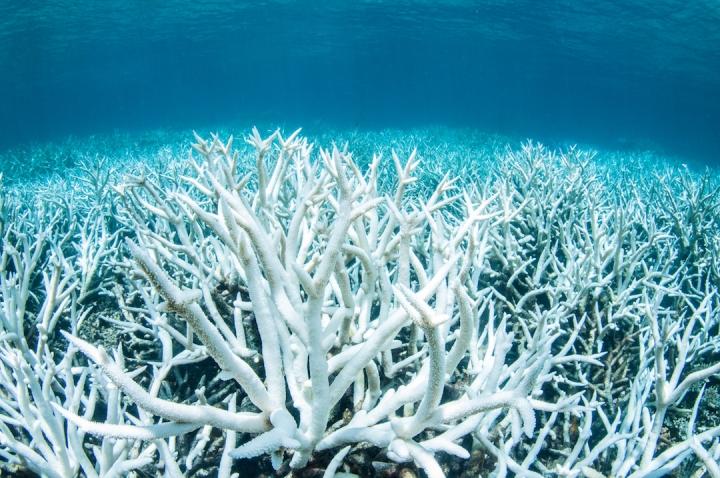Introduction

Collections of ecosystems, also known as biomes, are generally distributed based on latitude and altitude and separated by contrasting climates. To the right are 18 of the main terrestrial biomes in the world, with many more relating to marine life.
In Southern Australia alone, 50% of the species of birds and reptiles, 66% of mammals, nearly 80 types of amphibians and 60 species of plants could disappear within the next few decades.
From the 1980s to 2017, over 1 000 000 km² of Arctic sea ice has been lost, shrinking the available living space of over 5000 different species of Arctic animal life.
Currently, locals report sea levels rises at a rate of roughly 2.2 mm yearly in the Sundarbans in Bangladesh and India, housing the world’s largest mangrove forests, could have 75% of its mangroves destroyed if sea levels rise beyond 45 cm worldwide.

As more and more effects of climate change continue to present themselves to the public eye, it is becoming increasingly important to acknowledge the effects of climate change on the biosphere - the regions of the earth inhabited by living organisms. Animal, plant, and marine ecosystems allow humans to continue surviving, producing natural sources of food, ressources, and more. In addition, natural processes such as the carbon cycle are vital for maintaining the Earth’s climate.
However, with the changes in the environment brought by climate change, the natural balance keeping these ecosystems alive is at risk.